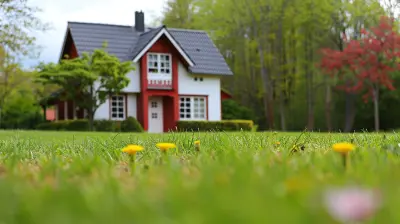Why Walkability Matters: Choosing a Pedestrian-Friendly Home
23 October 2025
When searching for the perfect home, most people focus on square footage, the number of bedrooms, or the size of the backyard. But what about how easy it is to walk around the neighborhood? Walkability is an often-overlooked factor that can have a huge impact on your lifestyle, health, and even the value of your home.
In this article, we’ll dive into why walkability matters, how it affects property values, and what to look for when choosing a pedestrian-friendly home.
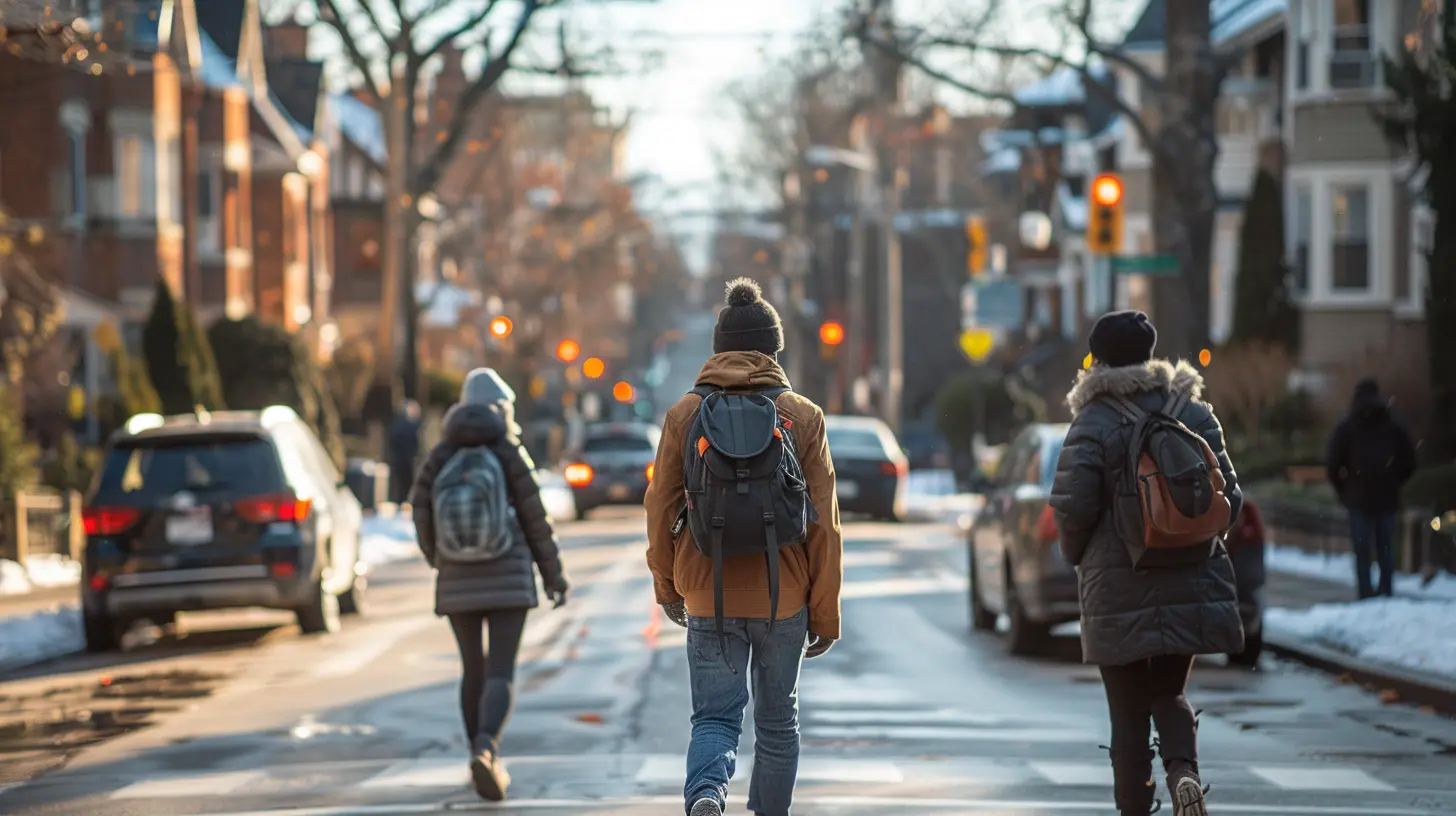
What Is Walkability?
Walkability refers to how friendly an area is for pedestrians. In a walkable neighborhood, you can easily reach essential places like grocery stores, schools, parks, and restaurants on foot instead of relying on a car.Neighborhoods are rated for walkability using a Walk Score, which is a number between 0 and 100. The higher the score, the more walkable the area. A score of 90+ means you can do most errands without a car, while a lower score suggests you’ll need a vehicle for almost everything.
Why Should You Care About Walkability?
You might be wondering, "Why does walkability even matter?" Well, it affects more aspects of your life than you might think!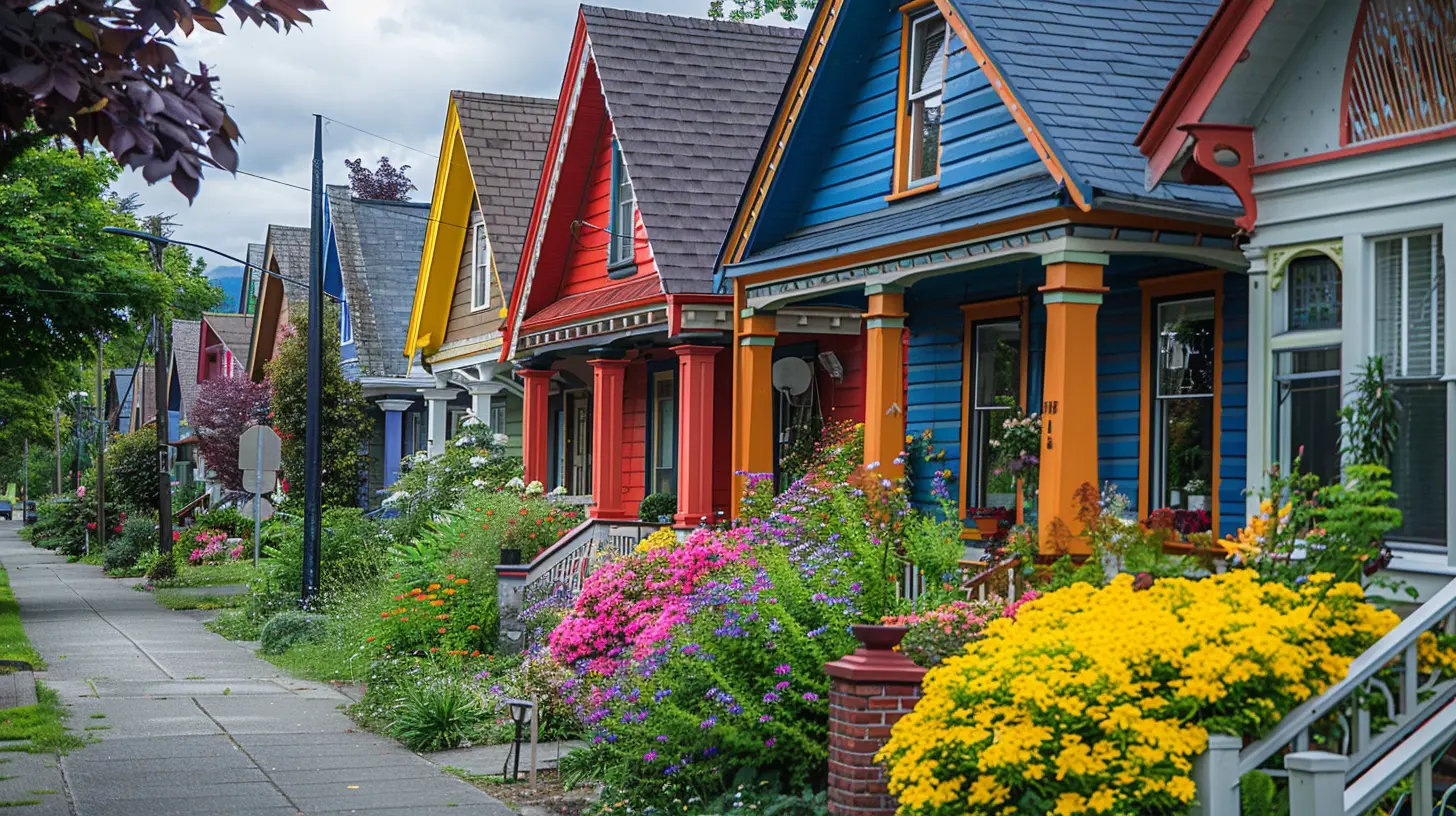
The Benefits of Living in a Walkable Neighborhood
1. Healthier Lifestyle
Living in a walkable neighborhood means you're naturally more active. Walking to the store, strolling to a café, or taking your kids to the park all add up to more daily movement. Studies show that people who live in walkable areas tend to have lower rates of obesity, heart disease, and diabetes.And let’s be honest—walking is way more enjoyable than sitting in traffic!
2. Saves You Money
Owning a car is expensive. Between gas, maintenance, insurance, and parking, the costs add up quickly. When you live in a pedestrian-friendly area, you might not need a car for daily errands—or at least, you can reduce how often you use it.Think about this: The American Automobile Association (AAA) estimates that the average cost of owning a car is around $10,000 per year. Imagine what you could do with that extra cash!
3. Better for the Environment
Less driving means fewer carbon emissions. Walkable neighborhoods help reduce pollution, improve air quality, and ease traffic congestion. By choosing a pedestrian-friendly home, you're making a greener choice that benefits both you and the planet.4. Stronger Sense of Community
Walkable neighborhoods foster stronger social connections. When people are out walking, they’re more likely to bump into neighbors, chat at local coffee shops, or take part in community events. This creates a more vibrant, connected, and safer neighborhood.It’s much easier to feel part of a community when you’re not always rushing past in a car.
5. Increased Property Value
Homes in walkable areas tend to appreciate in value more quickly than those in car-dependent neighborhoods. Real estate experts say that walkability can add thousands of dollars to a home’s resale value. Buyers are increasingly prioritizing easy access to amenities, which makes pedestrian-friendly homes a great long-term investment.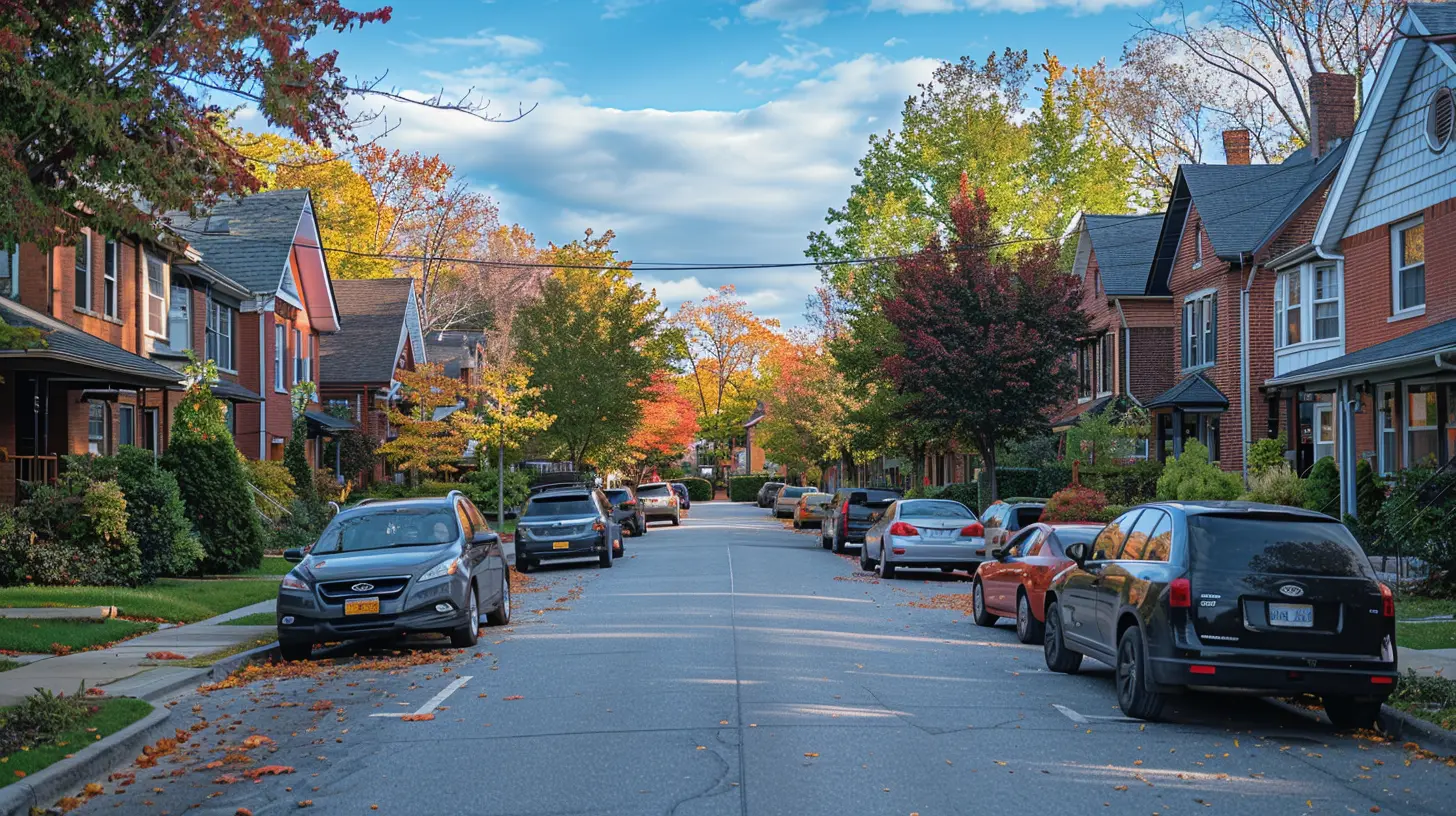
How to Find a Walkable Home
Now that we’ve covered why walkability matters, how do you actually find a home in a pedestrian-friendly neighborhood? Here are some key things to consider:1. Check the Walk Score
A quick way to measure walkability is to check the Walk Score of an address. Websites like walkscore.com give properties a score based on their proximity to essential amenities.If a home has a high Walk Score (above 70), it means you can easily access restaurants, shops, schools, and parks on foot.
2. Look for Sidewalks and Pedestrian Paths
It’s not just about being able to walk to places—it’s also about doing so safely.A truly pedestrian-friendly neighborhood has:
- Wide sidewalks that are well-maintained
- Crosswalks and stoplights at busy intersections
- Bike lanes and pedestrian paths
- Streetlights for safety at night
If an area lacks sidewalks or has heavy traffic with no pedestrian crossings, walking might not be as convenient as it seems.
3. Check Nearby Amenities
Think about your daily routine. Are grocery stores, restaurants, coffee shops, and parks within a short walking distance?A great walkable neighborhood doesn’t just have sidewalks—it also offers convenient access to food, entertainment, and essential services within a 10- to 15-minute walk.
4. Assess Public Transportation Options
Walkability isn’t just about walking—it’s also about having transportation alternatives. Living near bus stops, subway stations, or bike-sharing programs makes getting around even easier.This is especially useful if you prefer not to own a car but still need a way to commute to work or travel further distances.
5. Visit at Different Times of the Day
A neighborhood might seem walkable during the day but feel completely different at night. Before making a decision, visit at various times to check for safety, lighting, and overall walkability during different hours.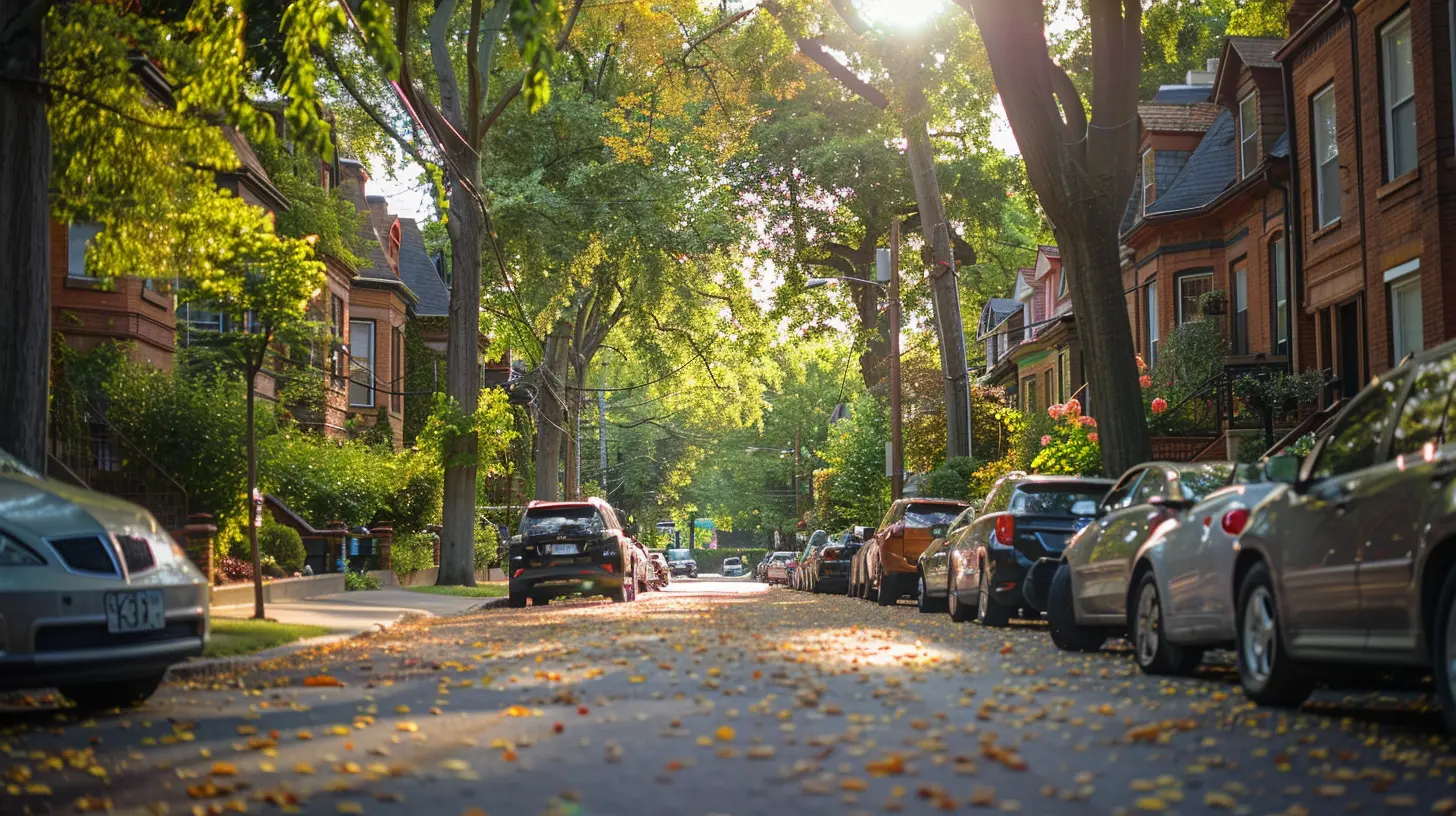
The Future of Walkable Communities
More people are realizing the value of living in pedestrian-friendly areas, and cities are adapting to meet this demand. Urban planners are designing mixed-use developments, where homes, offices, shops, and parks are all within walking distance.In the coming years, we can expect even greater investment in public transportation, bike lanes, and green spaces—making walkability an even more attractive feature for homebuyers.
Final Thoughts
Choosing a pedestrian-friendly home isn't just about convenience—it’s about improving your quality of life. From boosting your health and saving money to fostering a sense of community and increasing property value, walkability plays a bigger role in homeownership than most people realize.So, next time you’re house hunting, don’t just look at the kitchen or the backyard. Step outside and ask yourself: Can I walk to the places that matter most to me?
If the answer is yes, you might have just found the perfect home.
all images in this post were generated using AI tools
Category:
House HuntingAuthor:

Vincent Clayton
Discussion
rate this article
1 comments
Jolene Smith
Choosing a pedestrian-friendly home enhances your lifestyle, encouraging outdoor activity and community engagement while increasing property value. Walkability truly transforms neighborhoods into vibrant, livable spaces.
October 27, 2025 at 3:54 AM

Vincent Clayton
Thank you for your insightful comment! I completely agree that walkability significantly enriches both our daily lives and the overall community experience.


